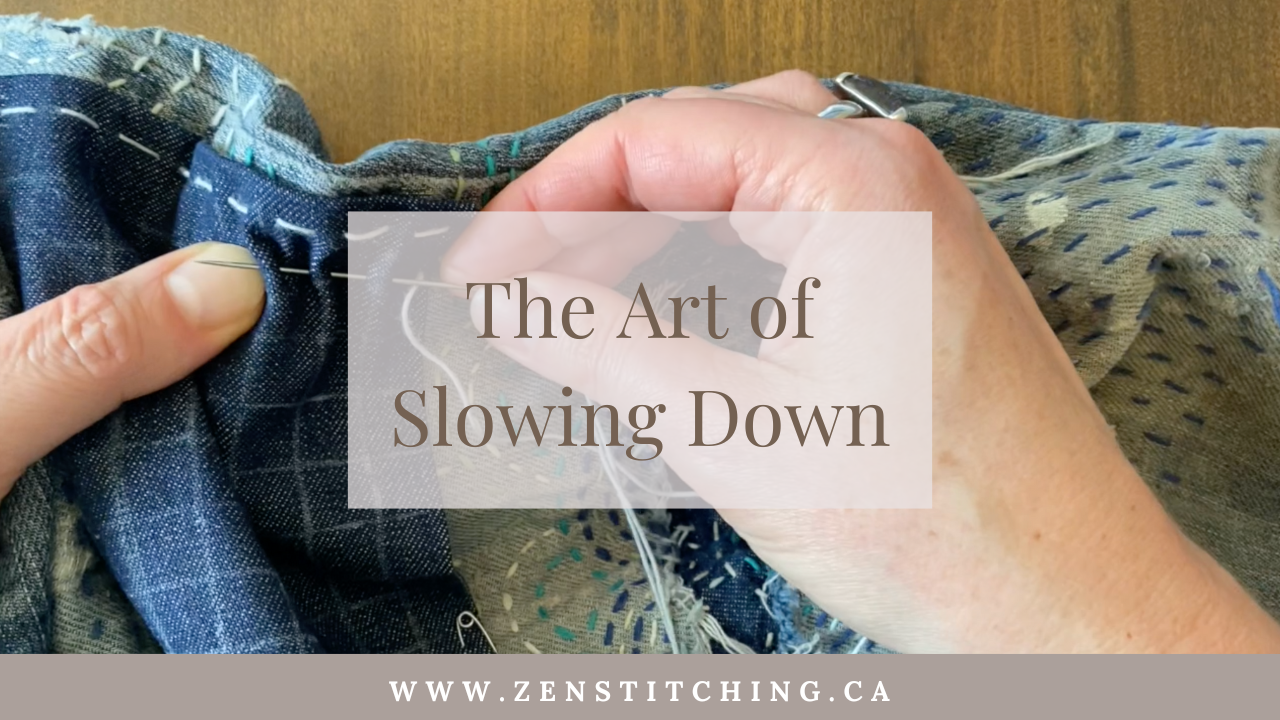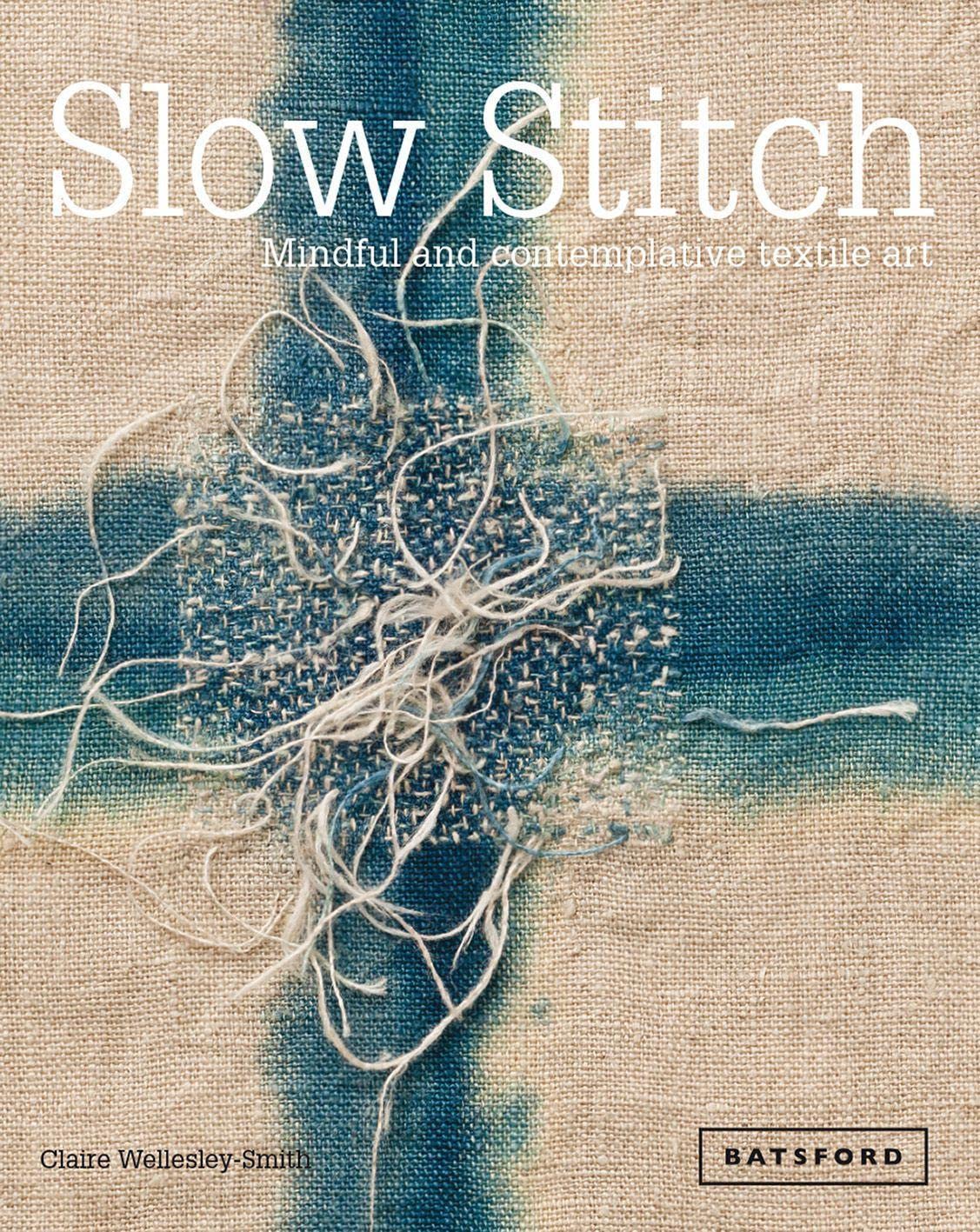The Art of Slowing Down
Jul 01, 2023
If you've spent much time on the internet, you've probably heard the term "slow living" - a movement where people are rejecting "hustle culture" and moving toward a more leisurely-paced life. It would be easy to believe that this movement stemmed from the COVID-19 pandemic, where people would fill their lockdowns and lay-offs with activities like baking sourdough bread and learning to knit or sew - and certainly, the movement has gained popularity in these last few years. [1] The reality, though, is that the slow living movement was set in motion far earlier than 2020 - 34 years earlier, in fact!
Back in 1986, McDonald's was preparing to add a new restaurant location at a historical site in Italy, at the Spanish Steps in Rome. An Italian man named Carlo Petrini, worried about the rise of fast food and diminution of local food traditions, spearheaded a "slow food" demonstration at the site of the intended McDonald's, effectively beginning what would become known as the Slow Food Movement.[2]
Petrini was not alone in his worries about quality and tradition falling to the wayside in favour of speed. Before long, "slowing down" became popular in other sectors as well - including the world of stitching. Mark Lipinski, a renowned quilter, is credited with starting the Slow Stitching Movement, and modeled it after the international Slow Food Movement.[3]

In an interview with The Quilt Show, Lipinski mentions the other slow movements that are happening around the world, and how a common thread (excuse the pun) between them is a focus on sustainability, for both planet and community.[7]
In the world of stitching (and crafting in general), this can mean being aware of what's in your stash, being mindful of collecting new fabrics, and de-stashing mindfully (for example, giving fabrics that are no longer your taste to people who will use them instead of simply throwing them away).
Claire Wellesley-Smith expands on this idea in her book Slow Stitch: Mindful and Contemplative Textile Art. The book guides us through a number of ways to slow down in textile arts, including stitching by hand, re-using materials (there's that sustainability aspect!), and mending. There's a clear focus on the fact that sometimes less is more, and quality trumps quantity - another principle of slow living. Wellesley-Smith's book is a wonderful companion for a stitcher, and I certainly recommend it if you're interested in practicing - or even just learning more about - slow stitching.
It's fascinating to see so much attention turned towards slow living in today's world, where speed, efficiency and ease are often top priorities. As mentioned previously, sustainability is one reason for this, as people grow more concerned with the climate crisis, but there could be any number of reasons folks want to turn towards a slower life. Personally, I love the practice of slow living because it doesn't cause me stress the way the rapid pace of hustle culture does, and it feels like a lifestyle that's more respectful to the planet. In my art, I feel that slowing down allows me to achieve a higher quality of work.
As far as reasons why others may enjoy slow living, here are a few:
- Being constantly digitally connected can be tiring and can make us feel burnt out.
- Taking more time to do things forces us to evaluate our priorities and what we want to spend time on.[4]
- Slow living involves being present, which allows us to experience and enjoy sensory pleasures more.[5]
- Slowing down can help foster creativity.[4][5]
- Slow living has reported benefits for mental health.[6]
There may be physical health benefits to a slower lifestyle, too. In fact, it's not uncommon to see health complications or a new diagnosis cited as the reason for slowing down - Mark Lipinski himself is rumoured to have been suffering health complications when the Slow Stitching Movement began.[8] Courtney Carver, author of the Be More with Less blog and creator of Project 333, decided to simplify her life after an MS diagnosis.[9] But you don't have to be sick to experience these benefits - anyone can experience the peace of mind that comes along with slowing down.

Perhaps you're new to the world of slow living, but these benefits appeal to you and you're interested in trying it out for yourself. The articles for how to get started are plentiful, and can be a bit overwhelming. Here are a few simple tips I have for starting out with a slower lifestyle:
- Start small. It may seem silly to say "start living slowly, slowly," but if you've been hustling and bustling for some time, it can feel a bit uncomfortable to start minimizing your schedule and intentionally slow down. Start with one thing at a time - your first step could be as simple as cutting down on screen time, waking up earlier, or spending half an hour outside each day.
- Practice mindfulness. A big draw for many people living this lifestyle is experiencing the present and living in the moment. Slow stitching is a great way to get into this practice, as it allows you to find stillness and calm in your mind whilst your hands are busy stitching!
- Focus on why you want to slow down. Are you craving more human-to-human connection with your family or community? Are you tired of filling your downtime with binge-watching and scrolling? Are you hoping to improve your mental or physical health? Whatever your reasons are, keep them at the front of your mind so you can make your daily decisions according to your values.
Do you aim to live a slow life, or are you hoping to lean into slow living a bit more? Sashiko stitching can be a great place to start! Get my Ultimate Guide to Getting Started for all the tips I wish I'd known when I started stitching.


